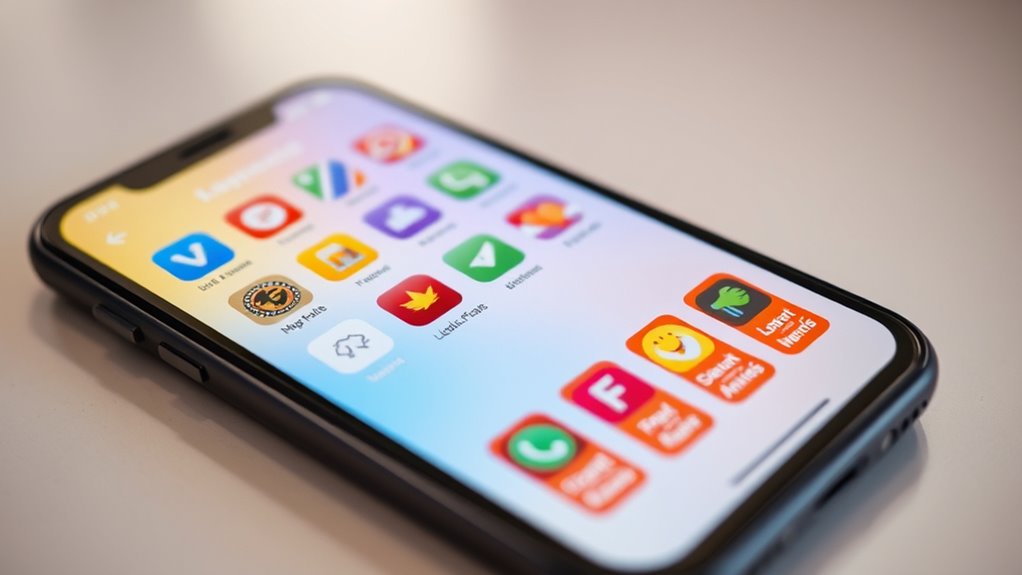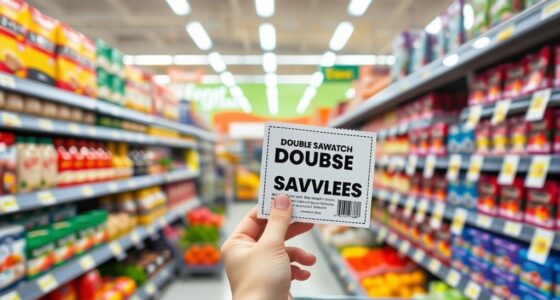Loyalty apps track your purchases through scanning or linking accounts, rewarding you with points, stamps, or exclusive offers as you shop. These perks can save you money and give access to personalized discounts, but they can also be complex or intrusive if rules aren’t clear. To get the most benefits, you need to stay organized and understand program terms. Keep exploring to discover how to maximize your rewards and avoid common pitfalls.
Key Takeaways
- Loyalty apps track your purchases and reward points for discounts, free items, or exclusive offers based on spending.
- Benefits include personalized deals, early sale access, and savings, enhancing your shopping experience.
- Common pitfalls involve confusing rules, irrelevant perks, notification overload, and reward expiration risks.
- To avoid issues, read program details, track points, manage notifications, and use rewards before they expire.
- Consider privacy policies and the relevance of rewards to ensure a transparent, personalized, and secure loyalty app experience.
How Loyalty Apps Work and Earn Rewards
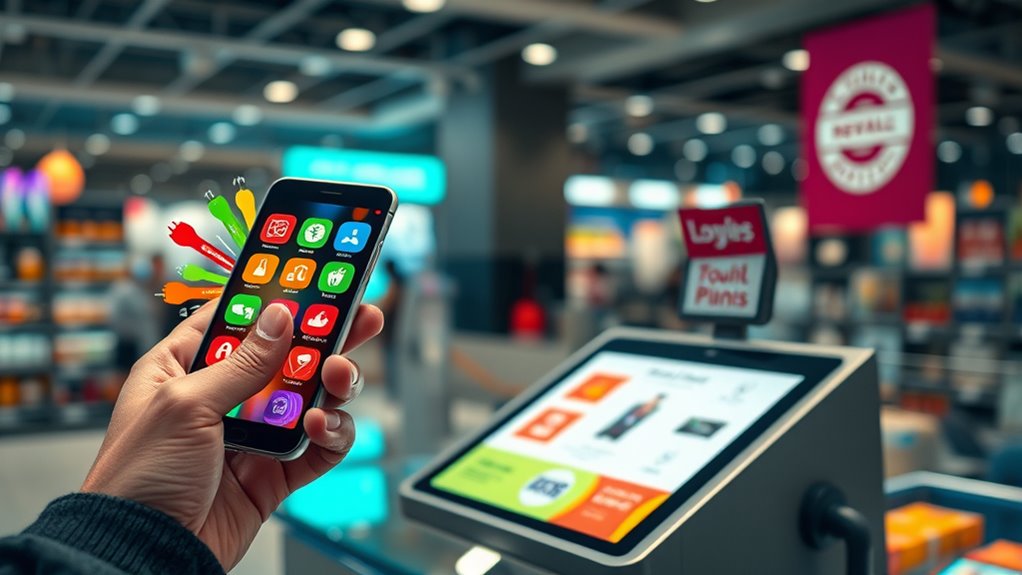
Loyalty apps are designed to reward your repeat business by tracking your purchases and offering incentives. When you make a purchase, you usually scan a barcode, enter your phone number, or connect your account at checkout. The app records each transaction, accumulating points or stamps for every dollar spent. Over time, these points build up, opening rewards like discounts, free items, or exclusive offers. Some apps use digital punch cards, where after a certain number of visits, you earn a reward automatically. Others have tiered systems, encouraging you to spend more for better perks. Your activity is monitored in real-time, so rewards are instantly updated. This seamless system motivates you to shop more frequently to enjoy the perks and savings. Additionally, many loyalty apps incorporate reward strategies that leverage the principles of behavioral psychology to enhance customer engagement. By understanding and applying customer motivation, businesses can increase repeat visits and foster brand loyalty more effectively. Implementing customer data tracking allows businesses to personalize offers and improve overall customer experience, especially when integrated with secure payment processing systems to protect sensitive information. Furthermore, integrating features like real-time updates can enhance user engagement by making rewards more immediate and satisfying.
Benefits of Using Loyalty Programs
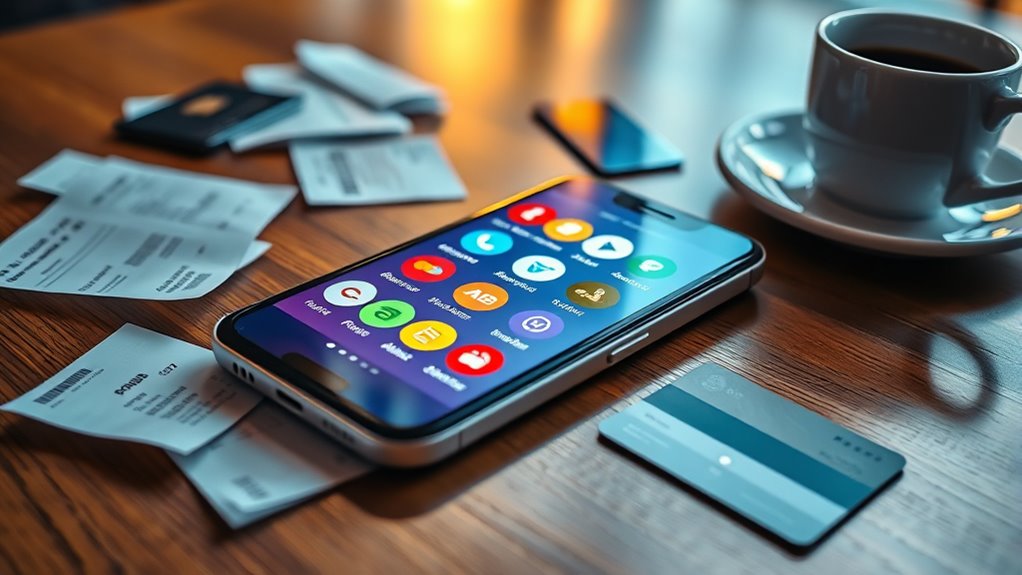
Using loyalty programs can substantially benefit your shopping experience by helping you save money and enjoy exclusive perks. With these programs, you get rewarded for your regular purchases, making your spending more worthwhile. They often offer personalized discounts, early access to sales, and special offers tailored to your preferences. These benefits encourage loyalty and make shopping more rewarding. Additionally, many programs include personalized rewards that adapt to your shopping habits, enhancing the overall experience. Incorporating dining and living spaces trends into your rewards can also elevate your home environment and dining experiences. Moreover, understanding projector technology can help you select the best devices for your entertainment needs, ensuring optimal image quality and user satisfaction. Staying informed about grocery savings strategies can further maximize your benefits from these programs by helping you identify additional ways to cut costs. Exploring personality traits can also improve your interactions with customer service representatives, leading to better support and tailored recommendations.
Common Challenges and How to Avoid Them
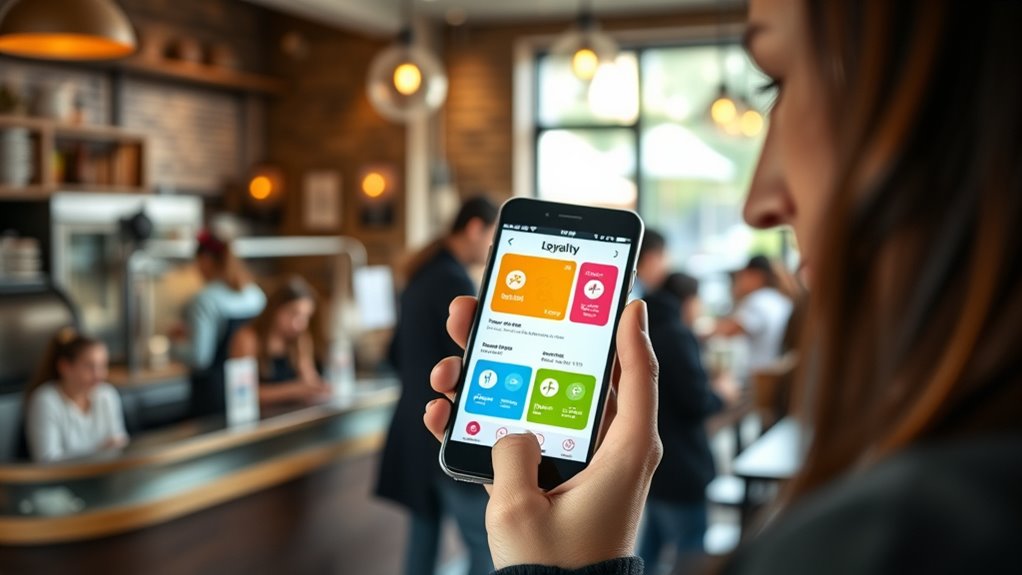
While loyalty programs offer many benefits, they can also present some common challenges that may hinder your experience. One issue is complexity; some programs have confusing rules or require numerous steps to earn rewards. To avoid frustration, read the fine print and keep track of your points. Another challenge is limited relevance—perks that don’t match your preferences can feel like a waste. To fix this, choose programs aligned with your habits. Additionally, some apps may push frequent notifications, which can become annoying. Manage your notification settings to stay informed without feeling overwhelmed. Finally, beware of expiration dates on points or rewards, which can cause you to lose benefits prematurely. To prevent this, regularly check your account and use your points before they expire. Understanding the cost of somatic therapy can help you better plan your mental health investments and avoid unexpected expenses. Being aware of how website monetization strategies work can help you select programs that are more transparent and user-friendly. Moreover, understanding the performance of electric bikes can help you choose the right model to meet your needs and avoid costly mistakes. Additionally, knowing about skin health and tanning safety can help you make wiser choices when engaging with promotional loyalty offers related to wellness or beauty products. Recognizing the importance of privacy policies ensures that your personal data is protected while using these apps.
Frequently Asked Questions
How Do Loyalty Apps Protect My Personal Data?
You might wonder how loyalty apps safeguard your personal data. They use encryption to protect your information during transmission and storage. Many apps also implement strict privacy policies, limiting data sharing with third parties. Additionally, you can often control what data you share and opt out of certain features. Always read the app’s privacy policy and use strong, unique passwords to enhance your data security.
Can Loyalty Points Expire or Become Invalid Over Time?
Oh, your loyalty points are so safe, right? Well, surprise! Many programs do set expiration dates or invalidate unused points, encouraging you to spend quickly. It’s ironic how your hard-earned rewards can vanish just when you’re about to indulge. Always check the fine print—some apps notify you when points are close to expiry, but others leave you guessing. Stay alert to keep your perks from slipping away unnoticed.
Are There Hidden Costs Associated With Using Loyalty Apps?
You might think loyalty apps are free, but hidden costs can come up. Some apps charge fees for premium features or special perks, and tracking or managing your points could lead to data sharing or privacy concerns. Additionally, if you don’t use the app regularly, you might lose accumulated points or face expiration policies. Always read the fine print to understand any potential costs before committing your time or money.
How Do Loyalty Apps Integrate With Other Digital Payment Methods?
Imagine your digital wallet as a bustling marketplace where different payment methods dance together seamlessly. Loyalty apps integrate smoothly with digital payments through APIs, enabling you to earn rewards instantly as you pay. You simply link your loyalty account to your preferred payment method, turning every transaction into a symphony of convenience. This integration creates a harmonious experience, making your shopping journey effortless and rewarding, like a well-choreographed dance.
What Are the Best Practices for Maximizing Loyalty Rewards?
To maximize your loyalty rewards, make sure you’re fully aware of the program’s benefits and how to earn points efficiently. Use the app consistently for every purchase, and look out for exclusive offers or bonus point opportunities. Keep track of your rewards and redeem them before they expire. Share your experience with friends to release referral perks. Staying engaged and informed helps you get the most value from the program.
Conclusion
Loyalty apps can boost your savings and enhance your shopping experience. Sure, they might seem complicated at first, but once you understand how rewards accumulate and perks activate, they’re worth the effort. Don’t worry about missing out—most apps send reminders and updates. Embrace these programs, stay organized, and you’ll enjoy the perks without the hassle. With a little patience, loyalty apps become a simple way to get more from your everyday spending.
